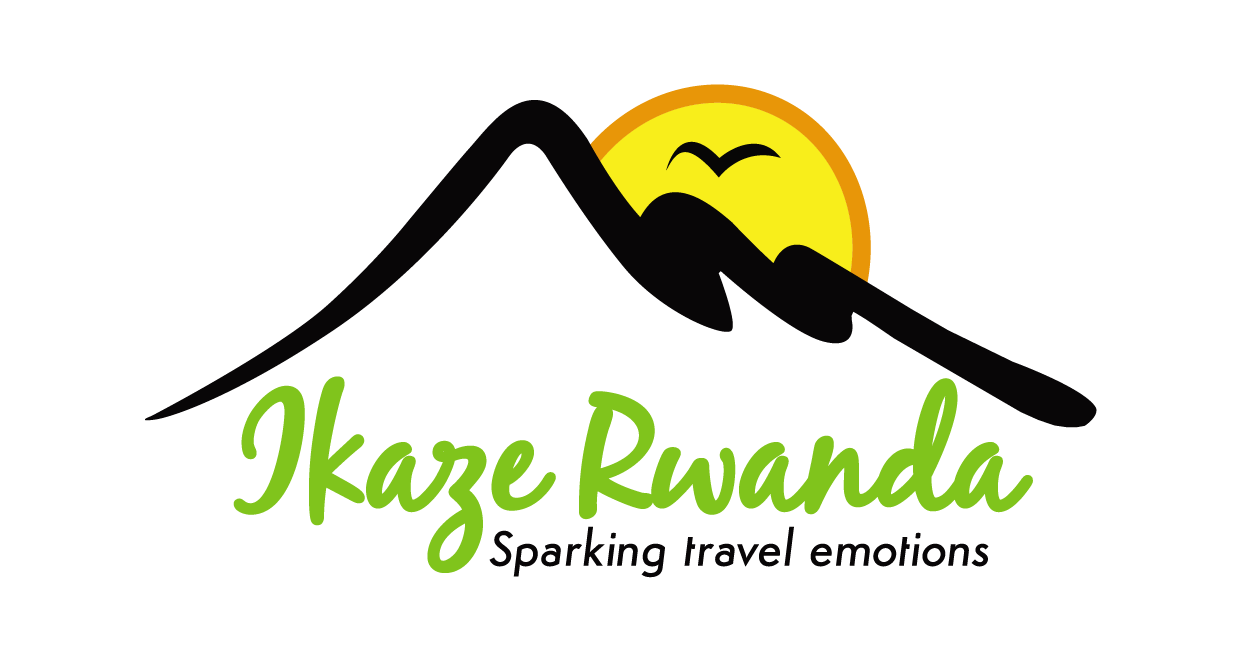Rwanda Genocide Memorial Visit
The genocide memorial in Kigali is included on every city tour and is a must-see. Rwanda’s painful past has haunted the country for years; however, their impressive recovery story has turned them into inspiration. The genocide memorial acts as a humbling reminder to those present and honors those lost. This is a worthwhile visit for travelers who want to gain insight into the history of genocide in Rwanda; it will also help travelers appreciate how far Rwanda has come. The Memorial Center is open every day from 8 am to 5 pm, but the last entrance is at 4 pm. It opens at 2 pm on Umuganda Saturdays (the last Saturday of every month when Rwandans get together for community clean up). There is no fee to enter; however, audio guides are available. The Center is located in Gisozi.
While the largest memorial is in Kigali, the genocide touched all corners of Rwanda, and as such there are many emotionally charged memorials located throughout the country. Some are as simple as a quiet garden space for contemplation, while others are larger and hold relics, remains, and exhibits on the genocide itself. Beyond the main memorial centre in Kigali, a few of the memorials that belong on any Rwandan itinerary include:
Nyanza Genocide Memorial: This site, in the grounds of Kigali’s Ecole Technique Officielle, holds the graves of more than 10,000 Tutsis who were massacred here during the genocide. Today several concrete memorials mark the spot, and it’s been used as a main site for genocide anniversary commemorations.
Ntarama Genocide Memorial: Set in a village south of Kigali where more than 5,000 people were killed in the grounds of a church, the site today has been turned into a memorial garden, and the interior of the church holds the personal belongings and skeletons of hundreds of the victims, including everything from clothing, to toys, to identification. Guided visits are available.
Nyamata Genocide Memorial: Along the main road south of Kigali, this is another church where people sought protection but were ultimately slaughtered. 10,000 people were killed here in 1994, and today their personal effects fill the church. Two crypts underneath the grounds hold tens of thousands of bodies, and guided visits are available.
Murambi Genocide Memorial: Set in a former technical school just north of Nyamagabe in Rwanda’s southwest, the Murambi memorial is perhaps the most significant, and most wrenching of all of Rwanda’s genocide memorials. Up to 50,000 people were murdered here, and the mass graves so large, that the heat of the surrounding decomposition preserved many of the bodies, which now populate the bare dormitories of the school. To better explain the events leading up to the massacre, an interpretive center was opened here in 2011.
Music and Dance Experiences in Rwanda
The Intore Dance Troupes are the best at performing Rwanda’s traditional music and dance styles. They were founded centuries ago and were originally exclusively for the Royal Court. They received military training and learned the technique of jumping, which is a significant part of their dance. They wear grass wigs and hold spears during their performance, which is a magnificent sight in Rwanda.
You can watch live dance performances at cultural villages, museums, and lodges and hotels throughout Rwanda. You can watch performances at the Iby’Iwacu cultural village in Musanze or the National Museum of Rwanda. Daily dances also take place at the RDB office in Kinigi, Volcanoes National Park.
Art and Crafts Tour Experience in Rwanda
A distinctively Rwandan craft is the Imigongo or cow dung paintings that are produced by a local co-operative in the village of Nyakarambi near the border with Tanzania. Dominated by black, brown and white whirls and other geometric shapes, these unique and earthy works can be bought in craft markets throughout the country.
Weaving and basket making is a traditional art still used today to make dry containers for storing food and medicines. These are also known as peace pots and had traditional values such as to commemorate weddings or as a welcome gift.
Pottery is one of the oldest forms of art in Rwanda and can still be seen in many towns today using traditional Batwa techniques. Known for its good quality clay these potteries are still widely used for cooking and storing liquids.
Umuganda Cultural Experience in Rwanda
Umuganda is a community service program in Rwanda where citizens gather on the last Saturday of every month to work together on various projects that benefit their local community. The word “umuganda” is derived from the Kinyarwanda language and translates to “coming together in common purpose to achieve an outcome.”
Umuganda was introduced in Rwanda as a way to promote community participation and social cohesion following the 1994 genocide. The program is mandatory for all Rwandan citizens between the ages of 18 and 65, with exceptions made for those who are physically unable to participate.
During Umuganda, citizens work on a variety of projects such as cleaning streets, building houses for the needy, planting trees, repairing infrastructure, and providing aid to the vulnerable members of society.
Umuganda has been highly successful in promoting social cohesion and fostering a sense of community in Rwanda. It has also led to significant improvements in the country’s infrastructure, environment, and social services. The program has also been praised for its role in promoting unity and reconciliation among Rwandans following the genocide.
